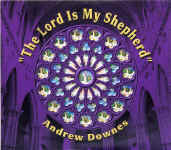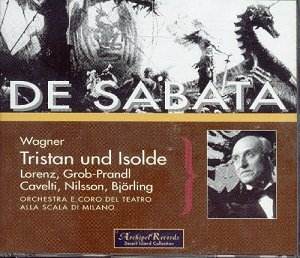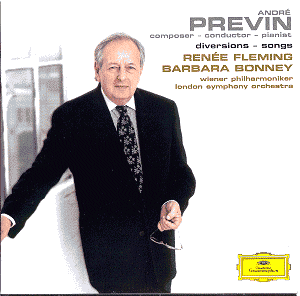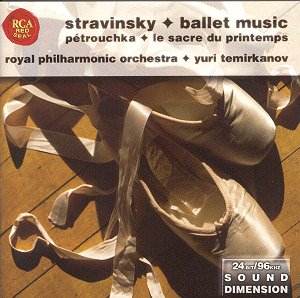 Composer: Andrew Downes
Composer: Andrew Downes
Works: The Lord is My Shepherd, O Love the Lord, I was Glad, Preces, Psalm 121, Magnificat, Nunc Dimittis, Responses, O Sing unto the Lord, I will lift up mine eyes, The Souls of the Righteous, In Peace will I lie down
Performers: Members of the Royal Holloway Chapel Choir, directed by Lionel Pike, with organist Brian Moles
Recording: Made in Arundel Cathedral, January 2001
Label: Classicprint CPVPO14CD
Andrew Downes, a contemporary British composer, has carved a niche within the sacred choral music landscape, particularly through his contributions to Anglican liturgical repertoire. His work “The Lord is My Shepherd” and the accompanying selections on this disc reflect a deeply rooted tradition, yet they invite critical engagement through both their musical language and their performance context. With a strong foundation in Gregorian chant, Downes’s compositions often evoke a sense of reverence, though this recording walks a delicate line between simplicity and repetitiveness, making it a work that demands patience from its listeners.
The Royal Holloway Chapel Choir under Lionel Pike’s direction delivers an interpretation that is polished yet restrained. The unaccompanied setting of Psalm 23, while imbued with a serene confidence, lacks the transformative power one might expect from such a beloved psalm. Phrases like “I will fear no evil” demonstrate Downes’s adeptness at crafting moments of beauty, yet the overall effect is more meditative than uplifting. The harmonic language throughout often leans toward unison passages, which, while effective in a liturgical context, may not sustain interest for listeners seeking richer harmonic explorations.
“I Was Glad” offers a notable contrast, presenting a more jubilant character that is reflected in the choir’s buoyant delivery. The expressive phrase “For my brethren and companions’ sake” momentarily lifts the music into a more exuberant realm, showcasing the choir’s ability to navigate dynamic contrasts. However, the overall architecture of the piece, while satisfactory, does not fully capitalize on the potential for grandeur that such a text could inspire.
The inclusion of the Magnificat stands out as perhaps the most successful work on the disc. The opening staccato vocal line, while unconventional, provides a fresh take on the traditional setting. The organ’s presence adds a welcome color, enhancing the climactic moments and injecting a sense of drama. Yet, the portrayal of the Virgin Mary, traditionally so rich in emotional nuance, feels somewhat eclipsed by the composer’s structural choices. The Nunc Dimittis, written in memory of Downes’s mother, carries an emotional weight that is palpable, yet its unfolding lacks the poignant depth that might resonate more profoundly with listeners familiar with the broader emotional spectrum of sacred music.
Sound quality, recorded in the resonant Arundel Cathedral, is commendable, allowing the choir’s rich blend to shine through, yet it occasionally feels as though the recording does not capture the full vibrancy of the ensemble. The balance between choir and organ is generally well managed, though moments of heightened intensity find the organ somewhat overshadowed by the choral sound.
While “The Lord is My Shepherd” may not serve as the definitive entry point for those new to Downes’s music—works like the “Centenary Fire Dances” or the “Symphony No. 2” offer more engaging introductions—it nonetheless holds value for aficionados of choral music within the Anglican tradition. The disc may resonate more deeply with those attuned to the subtleties of liturgical music, revealing layers of meaning and intent that are not immediately apparent. Downes’s work exemplifies the challenges of contemporary sacred music; it invites reflection and quiet contemplation, which, when embraced, may lead to a greater appreciation of its understated beauty.



